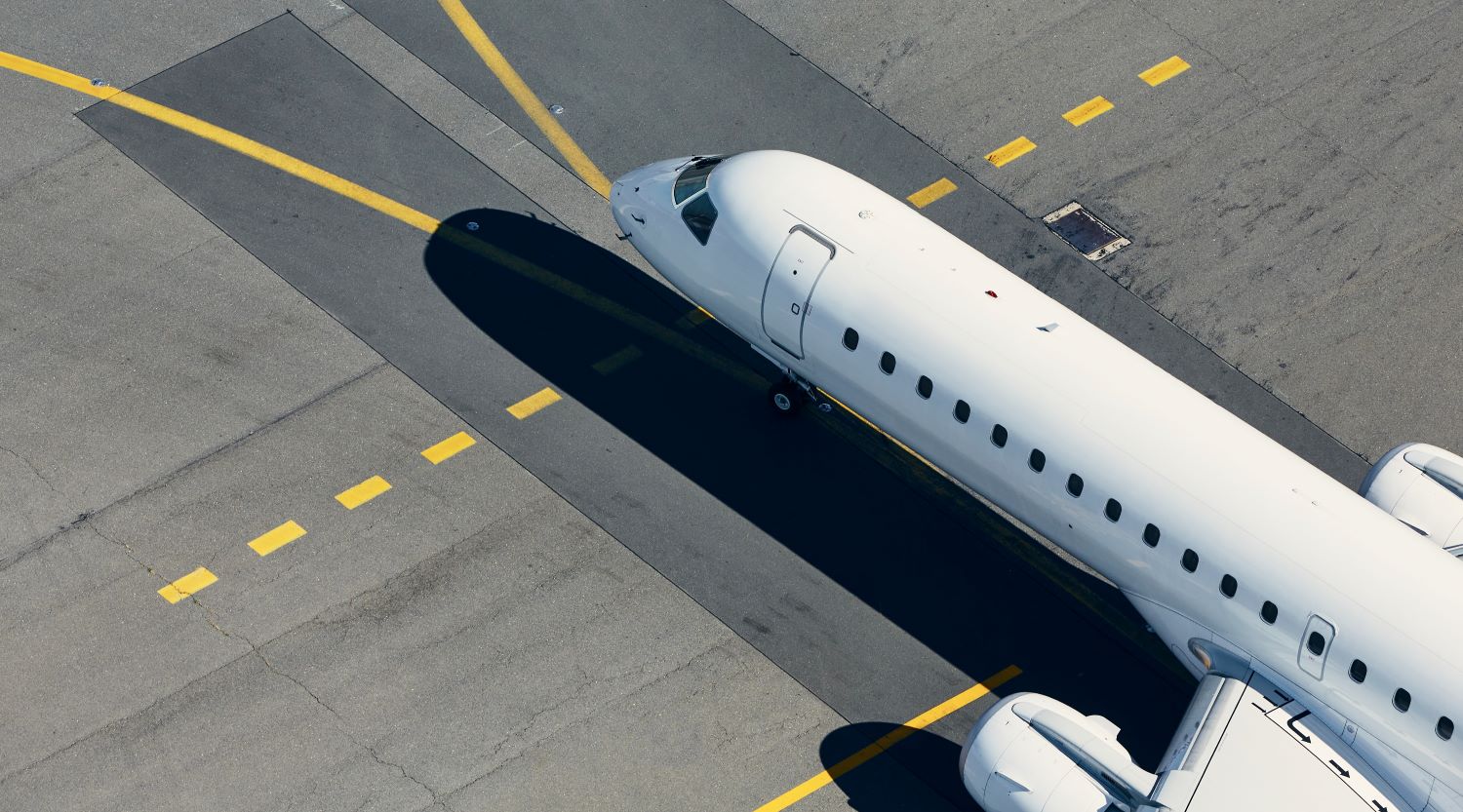pascalaubier.com – Aviation safety is a critical aspect of the aerospace industry, ensuring the protection of passengers, crew, and aircraft. With the increasing reliance on air travel for both commercial and personal purposes, the importance of maintaining high safety standards cannot be overstated. This article delves into the various measures and advancements that are in place to safeguard the skies and ensure that flying remains one of the safest modes of transportation.
The Foundation of Aviation Safety
Regulatory Frameworks
At the core of aviation safety are the regulatory frameworks established by international and national aviation authorities. Organizations such as the International Civil Aviation Organization (ICAO) set global standards and recommendations, while regional bodies like the Federal Aviation Administration (FAA) in the United States and the European Union Aviation Safety Agency (EASA) enforce these standards within their jurisdictions.
Safety Oversight
Continuous safety oversight is essential to ensure that all stakeholders adhere to the established safety standards. This includes the certification of aircraft, pilots, and maintenance personnel, as well as the oversight of airports and air traffic control systems.
Technological Advancements
Aircraft Design and Materials
Modern aircraft are designed with safety as the foremost priority. The use of advanced materials such as composites has not only made planes lighter and more fuel-efficient but also stronger and more resistant to damage.
Avionics and Navigation Systems
Advancements in avionics and navigation systems have significantly enhanced situational awareness for pilots. Automated systems can now provide real-time information on weather, traffic, and aircraft performance, reducing the risk of human error.
Safety Monitoring and Reporting
The implementation of safety monitoring and reporting systems, such as the Flight Data Monitoring (FDM) and Aircraft Condition Monitoring (ACM), allows for the proactive identification and mitigation of potential safety issues.
Training and Preparedness
Pilot Training
Pilot training has evolved to include advanced simulation techniques that prepare pilots for a wide range of scenarios, from routine operations to emergency situations.
Emergency Procedures
Regular drills and training for emergency procedures ensure that both crew and passengers are prepared to respond effectively in the unlikely event of an incident.
Collaborative Efforts
International Collaboration
International collaboration is vital for addressing global safety challenges. Sharing best practices, data, and technology helps to raise safety standards worldwide.
Industry-Wide Initiatives
The aviation industry actively participates in safety initiatives, such as the IATA Operational Safety Audit (IOSA) and the Flight Safety Foundation, which promote a culture of safety and continuous improvement.
Conclusion
Aviation safety is a complex and multifaceted endeavor that requires the collective effort of regulators, manufacturers, operators, and passengers. By adhering to rigorous safety standards, investing in technology, and fostering a culture of safety, the aviation industry can continue to protect the skies and ensure that air travel remains a safe and reliable option for people around the world.
